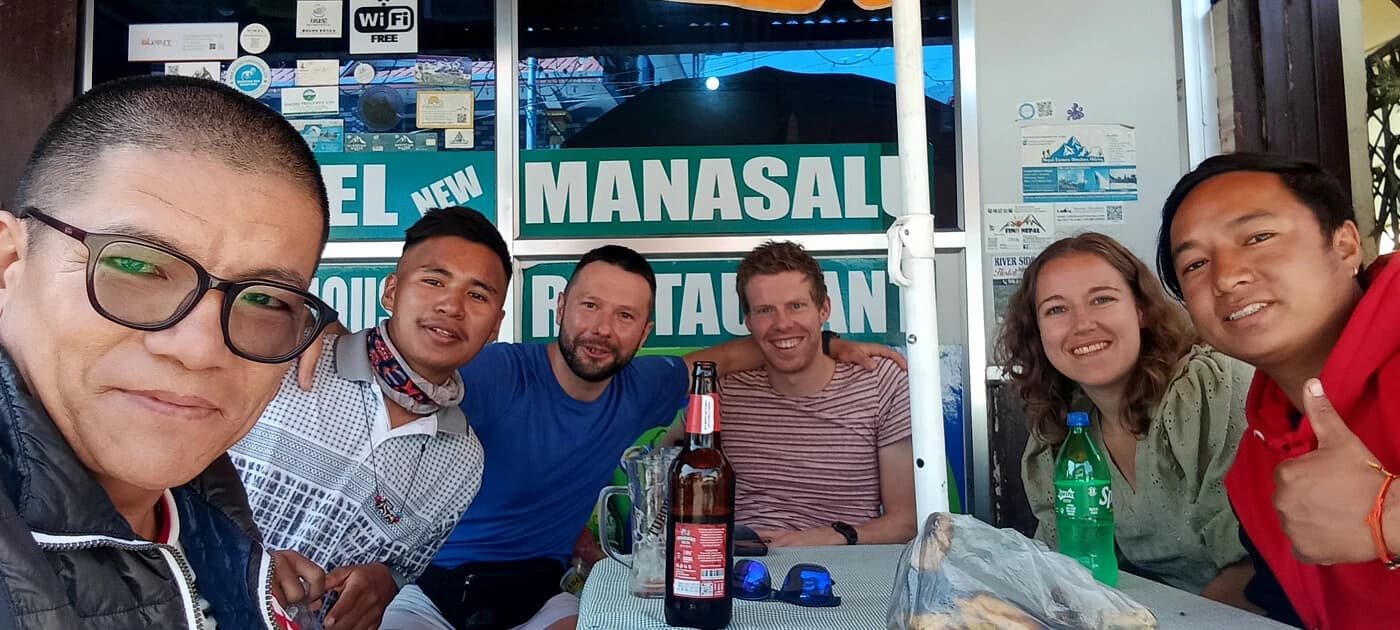Overview
Trekking in Nepal is one of the many adventure activities that both international and domestic travelers prefer. Especially for foreigners who seek a spiritually, mentally, and physically enlightening journey. Since the 1950s, Nepal has become a center for global trekkers, mainly after the 1953 Everest summit by Sir Edmund Hillary and Tenzing Norgay. From the 1950s to the 1980s, hippies became a great source of income in Nepal. Due to the abundance of wild marijuana and lenient laws, hippies migrated to Nepal around the Pashupatinath, New Road, and Thamel areas, especially the Freak Street of Basantapur.
After the 1980s, hippie culture faded due to strict laws, and Nepal became known for adventure activities like Trekking, Cultural tours, Wildlife tours, and different extreme sports. After the 1990s, multiple travel agencies were established to operate the growing tourism industry. Since then, the tourism sector has been evolving steadily.
How to trek in Nepal?
There are three ways to trek in Nepal: -
- Book your trip through a government-registered and authorized agency like Wilderness Excursion(P). Ltd.
- Plan your trip with the required travel documents and hire a porter, guide, and porter-guide service.
- Make your own trip through multiple government processes without guides and porters.
Now let’s get into the details on how your trip goes through these three options.
Booking through a Local Trekking Agency
This is the simplest and easiest way to plan your trip. Every local agency based in Nepal sells a complete package trip online. For example: - Wilderness Excursion has multiple trek options, you can navigate these options and choose your established trekking route based on the region. The page will have details about the trek, your cost includes, and the day-to-day itinerary. The itinerary is flexible, and any required changes can be met with prior request to the agency. The steps: - Choose the package, purchase the package, and let the agency handle it with the required documents.
Planning a trip with guides, porters, and porter-guides.
In simple terms, trekking with only guides and porters is a service trip. You get all the needed documents for travelling in Nepal through NTB and the Department of Immigration, contact an agency, and make a deal where you hire the staff only and pay the agency for arranging the field staff.
When and when not to hire guides, porters, and porter-guides
Trek Guides: - Trekking guides are professional field staff who excel in guided leadership to the Himalayas. A licensed trek guide is someone who has gone through the needed training from NATHM and completed the course. Hiring a licensed trekking guide costs you around 25 to 35 USD per day.
Porter-guides: - A porter-guide is a mix of both portering and guiding. In comparison, a porter guide is someone who has limited language skills, meaning they don’t have strong English communication skills. But, a porter-guide can be useful when you have a light backpack but don’t wanna hire both a porter and a guide to minimize the overall cost. When to hire the porter-guide? When your trekking itinerary is short and not too difficult, or doesn’t have high passes. The cost for hiring a porter-guide is around 20-25USD per day.
Porters: - A porter is a work title given to someone who carries your additional trekking bags. Porters don’t require any government-approved training, but they are required to be physically exceptionally capable. The maximum weight limit of a porter is 25kg. The cost for hiring a porter is around 20USD per day.
If you choose to hire a guide and a porter only, then we strongly advise you to hire them through an agency, even by paying the necessary fees. An agency has the details about its staff and can respond during an emergency for their staff and hold them accountable during unexpected circumstances. For more information about guides and porters, follow the given link.
Want to know how to tip your guides and porters? Follow the link given.
Plan a trip without trek guides and porters
Trekking in Nepal is also possible without guides and porters, but it is not recommended by the government either due to safety reasons and so all. With the necessary documents for conservation areas, national parks, hunting reserves, and restricted areas from NTB (Nepal Tourism Board)and the Department of Immigration, you can plan your own trip. Follow the given, to get information on what permits are needed for the different trekking regions of Nepal and how to apply for them. Also, follow the given link below on permits and costs.
https://wildernessexcursion.com/nepal-trekking-permit-and-fees
